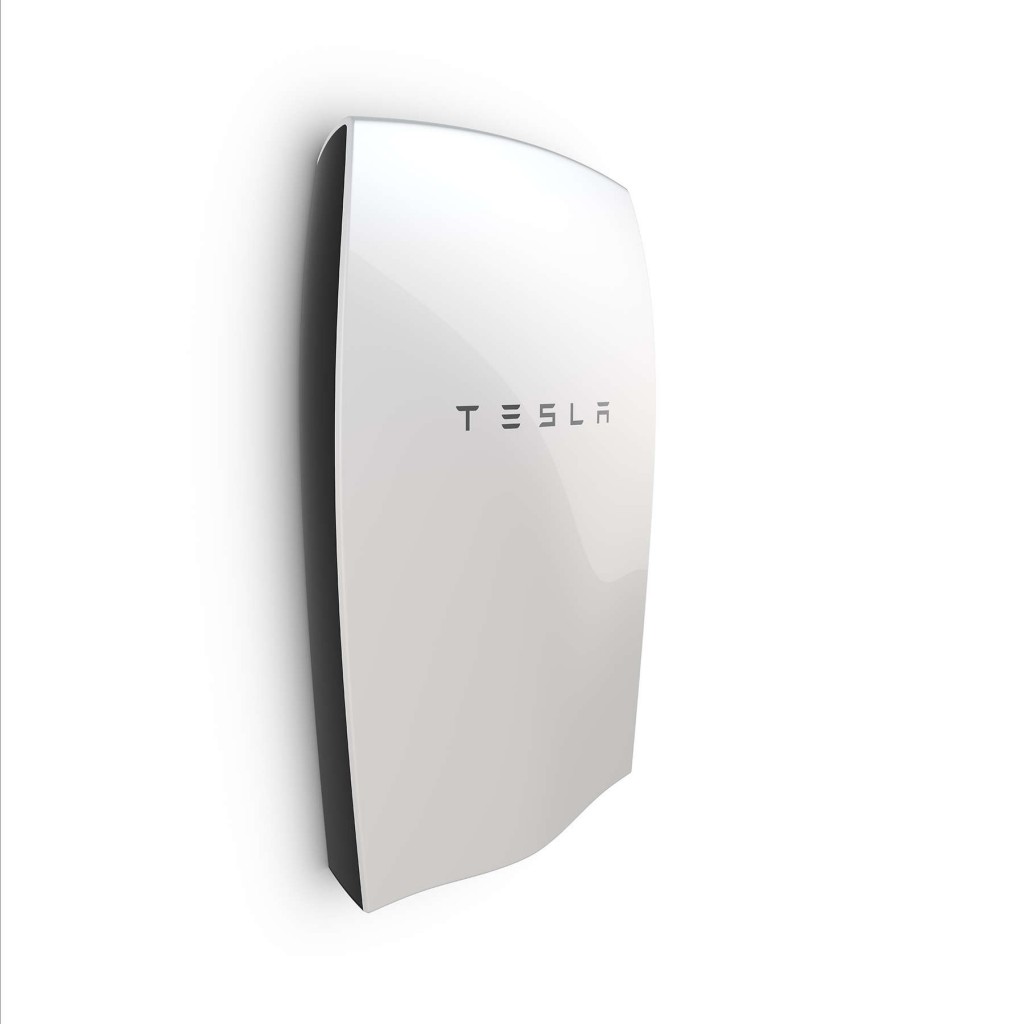Tesla’s big announcement that the company is entering the standalone battery market for building owners and utilities got a lot of press and favorable Wall Street reaction. For longtime energy observers, Elon Musk wasn’t unveiling anything new — just repackaging something familiar and making it cool. But that repackaging and investment could be transformative.
The advantages to consumers that Tesla cites are well-established but probably not widely applicable. Some consumers can make a bit of money storing cheap energy and dispatching it at more expensive times under time-of-use rates. Big industrial customers may even save a lot of money this way. Other customers may like the clean backup power from batteries, although generators may be cheaper. And batteries could enable a few customers to go off-grid completely (really just for rural customers). There are already companies establishing themselves in this market, like Stem and Advanced Microgrid Solutions (which is partnering with Tesla on this effort).
Still, I can’t help but be taken by the cool factor that Elon Musk bestows on this otherwise geeky world. Just take the name: “Powerwall.” “Home battery” sounds so boring compared to having a Powerwall. And then there’s the sleek design with the Tesla logo:
Some people may pay $3500 just for the aesthetics — like a piece of garage art.
The other interesting piece is the price. At $3500 for 10kWh and $3000 for 7kWh, it looks like the estimates of a $300/kwh battery production cost may be accurate, which is a good sign for battery price decreases (prices were at about $1000kwh a few years ago). That price doesn’t include installation or the inverter.
Still, that’s not a bad deal, and if California ends up bolstering time-of-use rates, customers could soon get quicker repayment as the difference between cheap off-peak electricity and expensive peak rates increases.
The other wildcard here is repurposed batteries. Could Tesla end up taking used electric vehicle batteries and repurposing them for the Powerwall? Their future gigafactory could probably handle that workload well, further driving the price down of stationary batteries.
All told, the unveiling of Tesla Energy, while not revolutionary right now, could soon become the lead in a technology wave that fundamentally changes our energy system. As with so many clean technologies in this fast-changing field, we’ll have to stay tuned to find out.



